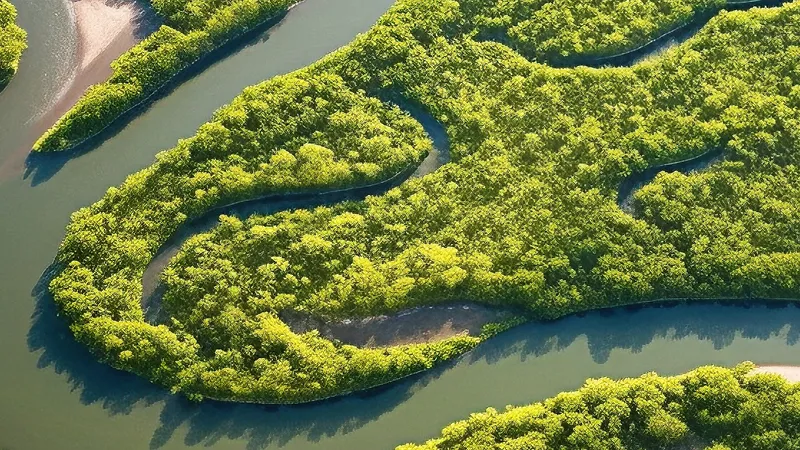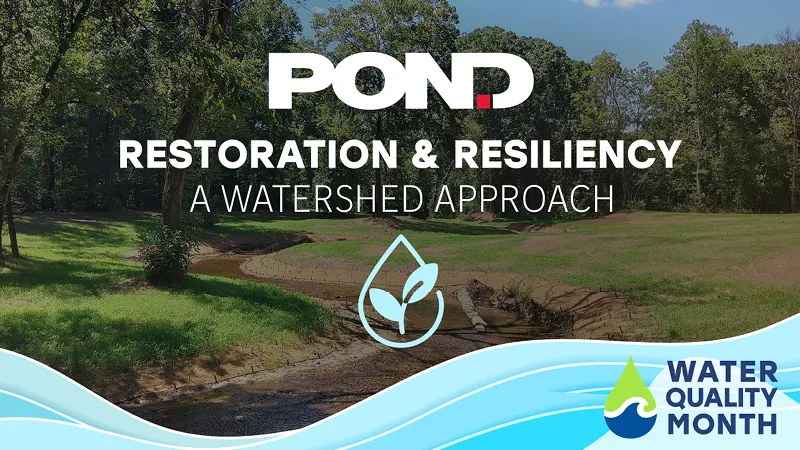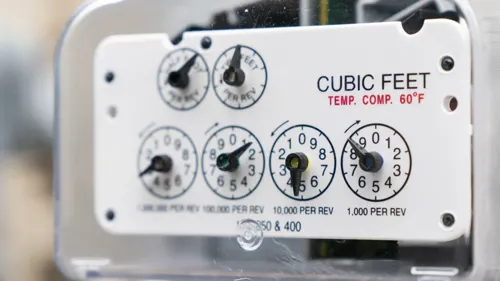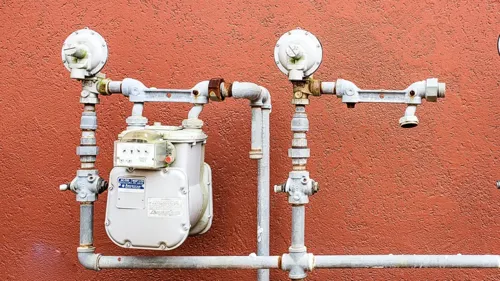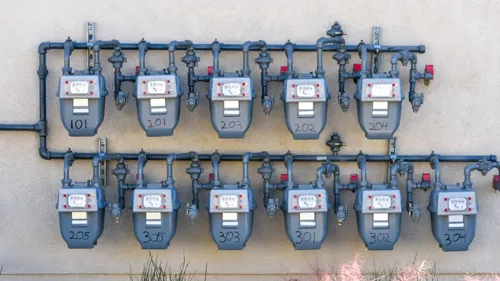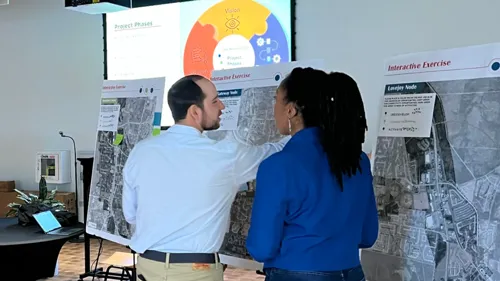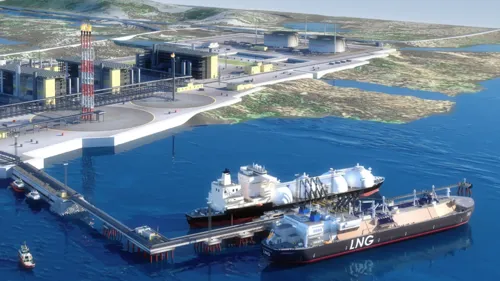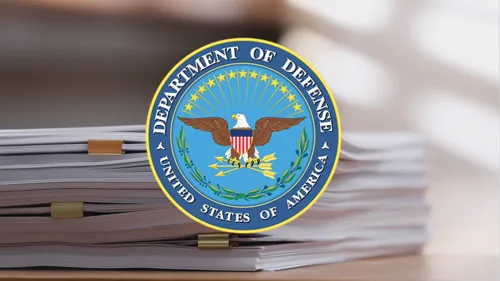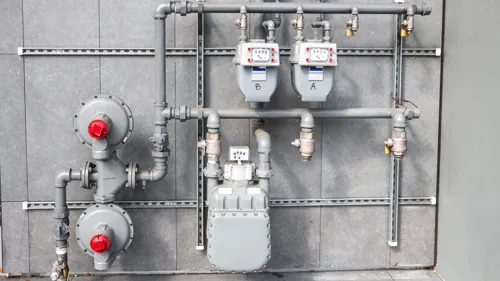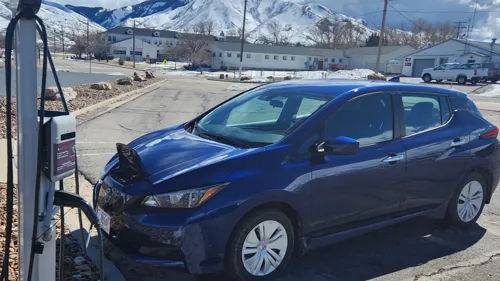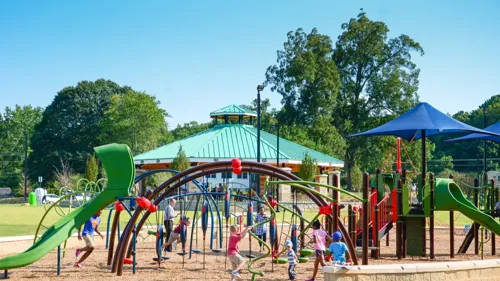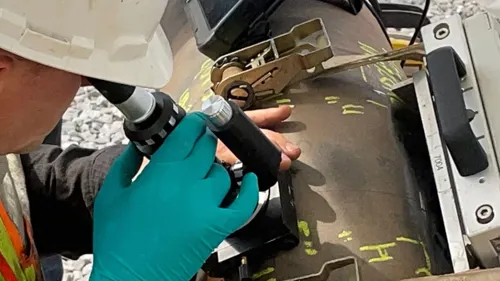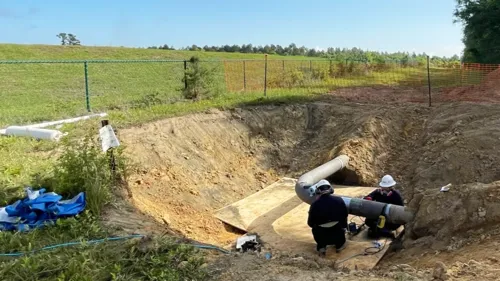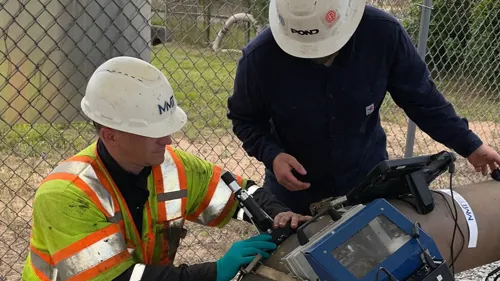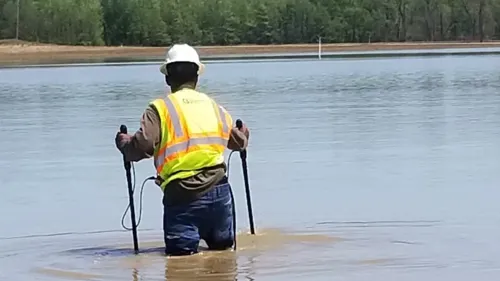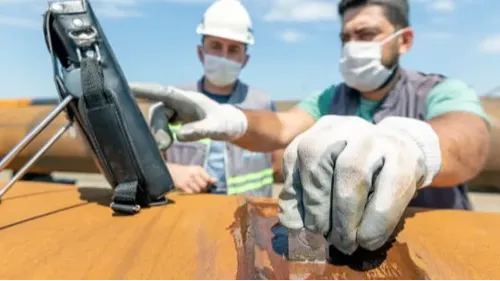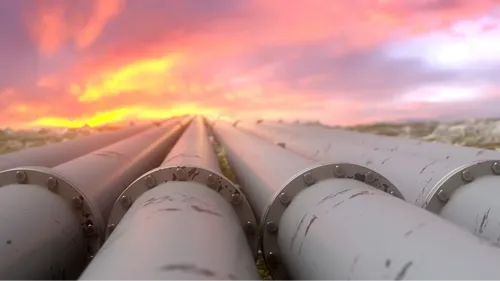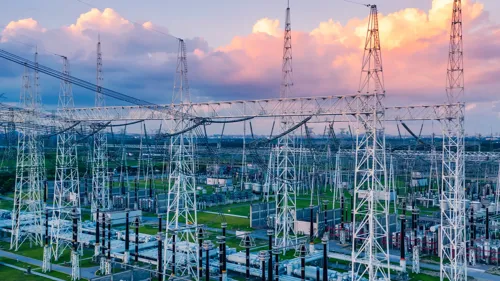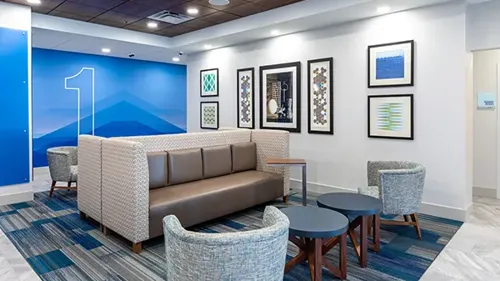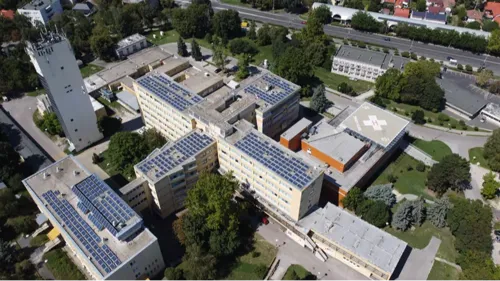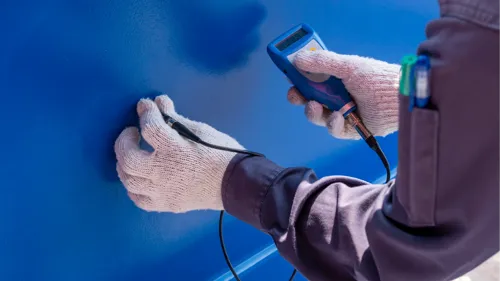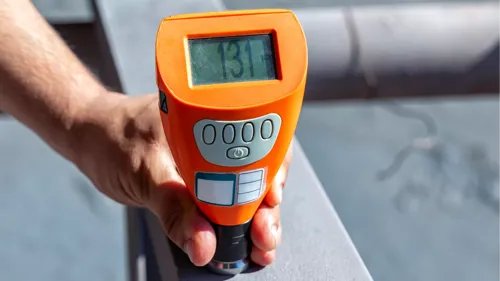Unlocking the Value of Third-Party Coatings Inspections
Author:
Cortney Chalifoux | Program Director | [email protected]
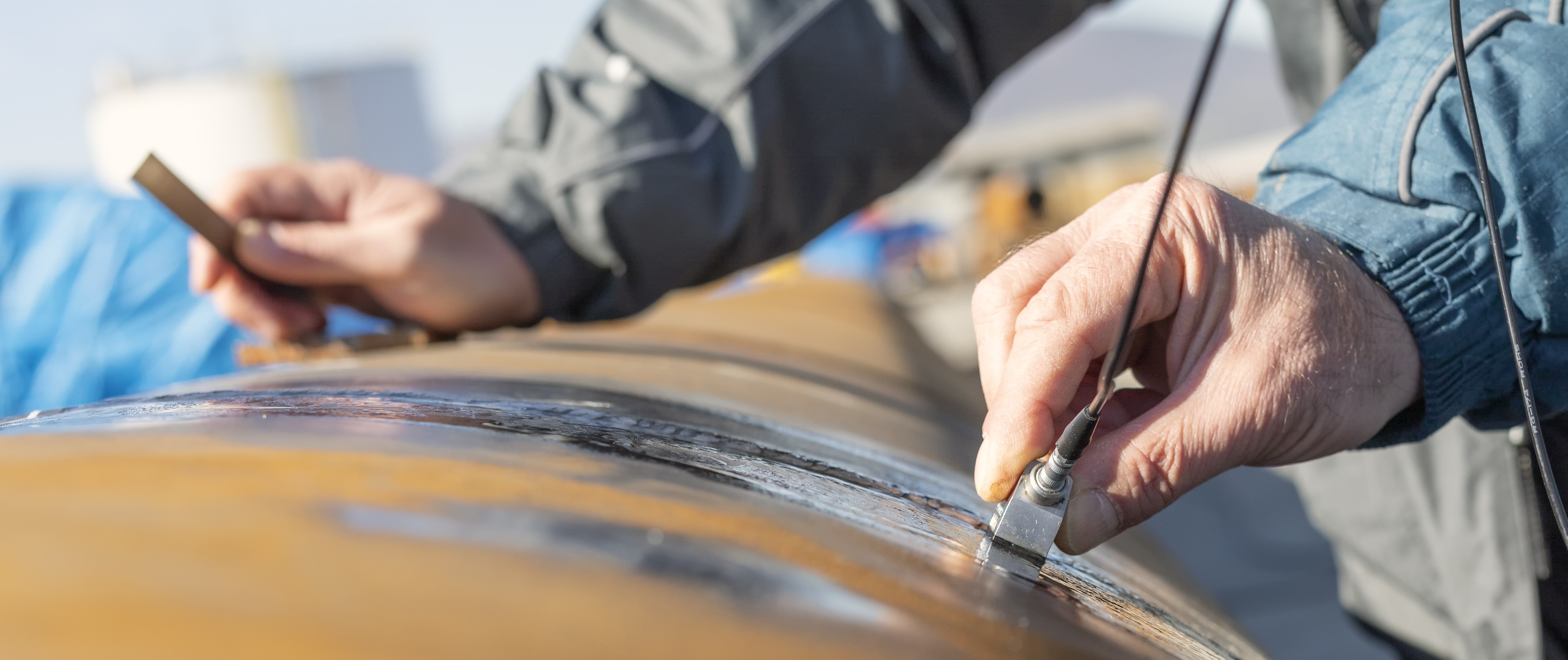
Across the built environment, protective coatings are delivering a kind of value that rarely attracts headlines. In ports, at refineries, beneath urban highways, and across pipeline corridors in the Midwest, protective coatings are extending the life of critical infrastructure.
Their value is not always captured by breaking news stories or the number of emergency repairs averted, but in the quiet accrual of years, sometimes decades, of additional service life. These are the incremental gains that deliver measurable long-term returns.
The Role of Coatings in Preventing Interruption
Protective coatings work by creating a barrier between the assets we utilize and the service environments that degrade them. Each layer of preserved material, each postponed repair, represents incremental value. This value is realized through extended inspection intervals, deferred capital expenditures, and reduced downtime, and optimized lifecycle performance.
The value is further compounded when coatings are properly applied and inspected. When failures occur, they are often not due to coating chemistry but human error. Poor surface preparation, substandard application, or lack of oversight. The consequences can be severe, as seen in the 2016 Pennsylvania gas pipeline explosion linked to a defect in the coating.
Meeting and Exceeding the Industry Standards
Industry standards for surface preparation and inspection protocols from AMPP, ASTM, and ISO exist to prevent coating application missteps. Successful implementation of the standards requires expertise by qualified professionals and independent verification, especially on critical assets where failure isn’t an option.
As an AMPP QP-5-accredited coatings inspection company, Pond holds the most rigorous credential for third-party quality assurance in coatings. This certification demonstrates that our program managers and inspectors meet the highest standards for evaluating surface preparation, monitoring application, documenting results, and verifying compliance to industry standards. But it’s not just about credentials, it’s about giving clients confidence that the coatings protecting their assets were applied and inspected through trusted, verifiable processes.
In the fueling sector, coatings technology has improved dramatically from the tar-based, asphalt, and early grease coatings used in the 1950s. Improvements continued throughout the century with the introduction of better, more effective dry power and wet-applied epoxies. Thermal sprayed metallic coatings have also gained popularity in offshore applications, including some pipelines, with development still ongoing. This continuous improvement is helping to elevate protective coatings, setting new benchmarks for safety and operational success.
The Cost of Skipping Inspections
When protective coatings are not properly inspected, the most common failures stem from human error: insufficient surface preparation, incorrect application, or deviation from specification. These errors can result in costly outcomes such as:
- Rework: Full removal and reapplication of the coating system due to poor initial execution. This often results in significant labor and material costs, frequently exceeding the original project budget.
- Operational Downtime: Equipment or asset shutdowns caused by premature coating failure can interrupt operations, causing lost productivity and compounding financial impact.
- Asset Degradation: Without proper inspection, early signs of corrosion or material failure may go unnoticed, leading to premature repairs or replacement.
Industry data and case studies consistently show that the cost of correcting these issues after the fact is substantially higher than the cost of doing it right the first time and including third-party inspection. Rework is one of the most expensive forms of waste, and even a small reduction in failure rates can lead to major cost savings.
When comparing the upfront cost of third-party inspection to the potential consequences of avoidable failures, the value becomes clear: inspection isn’t just about quality assurance, it’s a strategic investment in risk mitigation, lifecycle performance, and long-term cost control.
The Bottom Line
Third-party inspection is not just a project line item, it's a high-leverage risk management strategy with the potential to prevent thousands of dollars in likely failure costs.
By maintaining an AMPP QP-5 accreditation, Pond’s inspection teams are trained to see beyond the coating itself. Our inspection team considers the asset’s lifecycle, its operating context, and its risk profile. This holistic perspective allows us to not only inspect coatings, but also to capture the full value they can deliver.
In this way, coatings are more than a defense against corrosion. They are a means of compounding value over time. It is an asset preservation strategy grounded in technical performance, quality assurance, and long-range planning. For owners and operators facing tighter budgets and aging systems, the ability to extract those extra years safely and reliably may be the most valuable return of all.
Pond’s Coatings Program
Pond’s team of AMPP-accredited coatings inspectors, specialists and professional engineers provide services for all types of systems, tanks, pipelines, pressure vessels, and structures. Our team’s specialized knowledge enables us to easily uncover coating and mechanical integrity risks and develop the best maintenance practices for continued integrity. Pond’s vast experience provides value at all stages of the project scope, with in-house protective coatings specialists trained in coatings, metallurgical, and integrity technologies. Learn more about Pond’s Coatings program.
